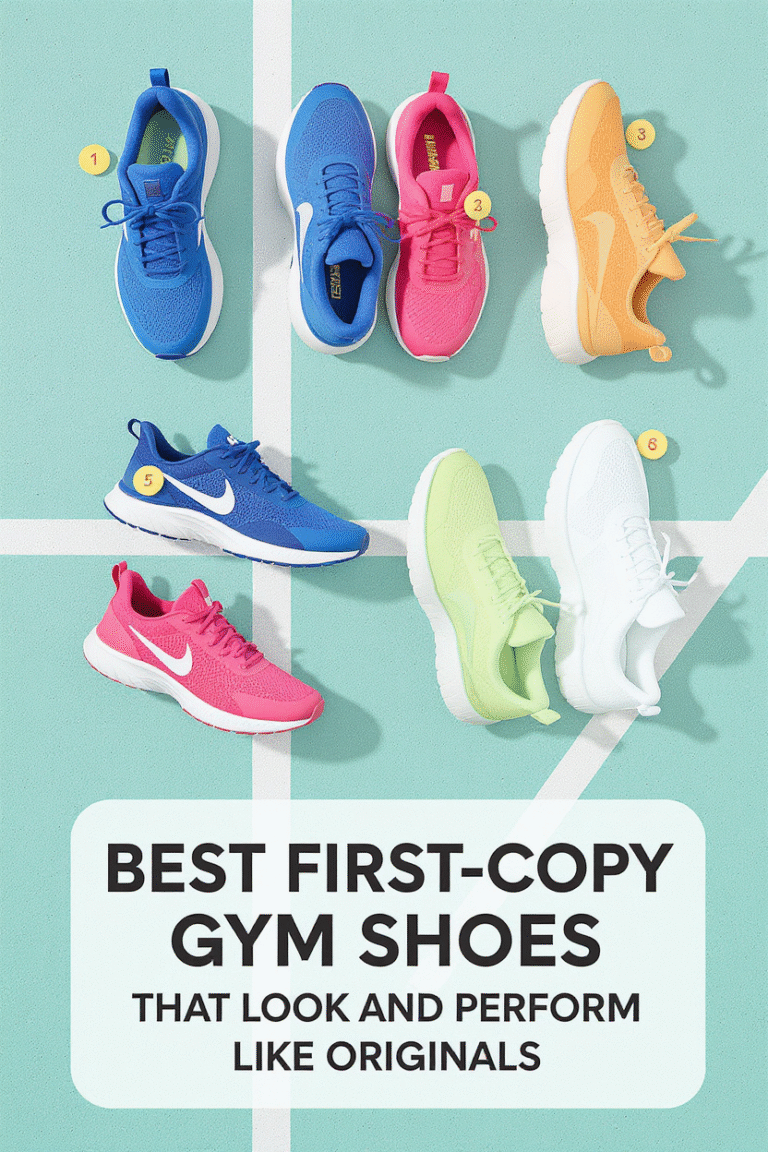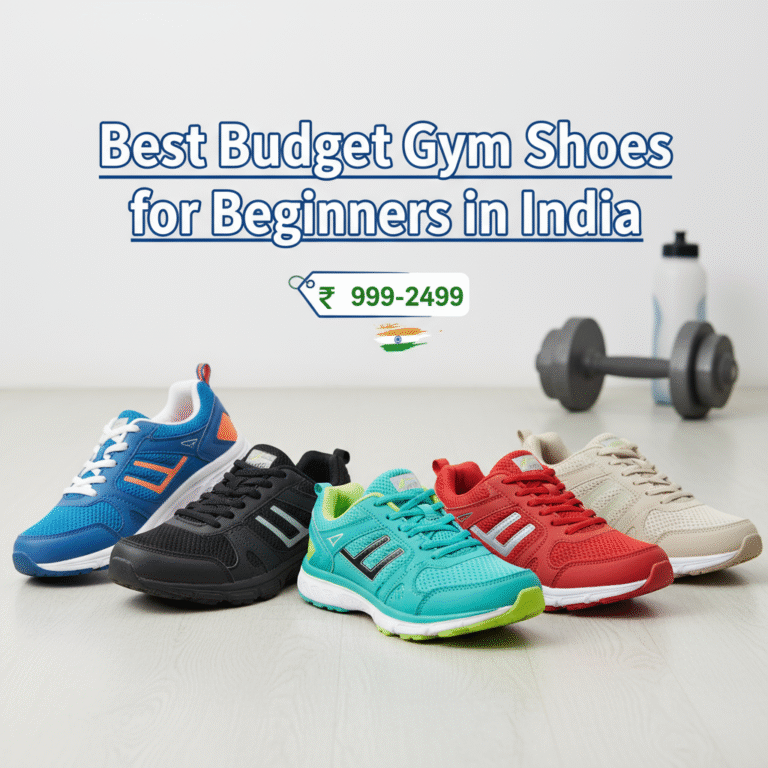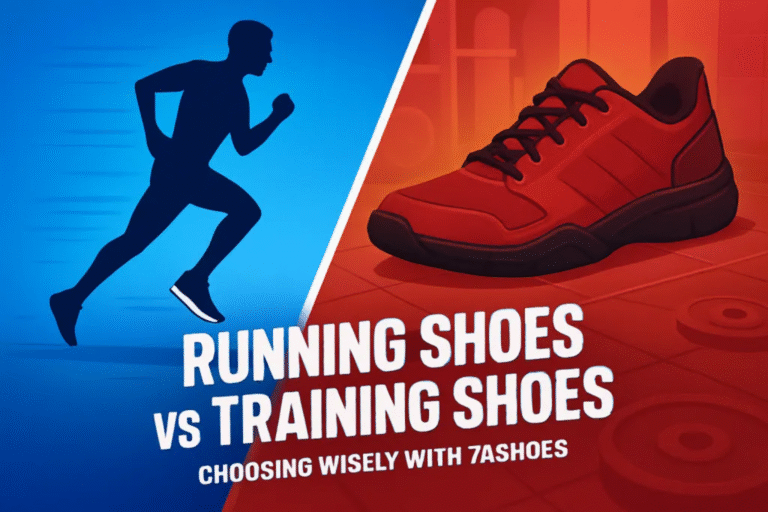No products in the cart.
What Are Flat Feet?
Flat feet, also known as fallen arches, is a condition where the arch of your foot is very low or absent. When you stand, the entire sole of your foot touches the ground instead of just the heel and ball of the foot.
Signs You Have Flat Feet
- Your feet look flat when standing.
- Your shoes wear out unevenly, often on the inside edge.
- You experience foot pain after long walks or runs.
- You may also feel discomfort in knees, hips, or back after running.
Why Do Flat Feet Matter for Runners?
Running puts repeated stress on your feet. If you have flat feet, your feet tend to roll inward more than normal. This is called overpronation. Overpronation can lead to:
- Foot pain and swelling
- Shin splints
- Knee and hip pain
- Plantar fasciitis (heel pain)
- Increased risk of injury
That’s why choosing the right Motion control running shoes for flat feet is so important. Good shoes can correct your foot motion, provide support, and reduce injury risk.
Features to Look for in Running Shoes for Flat Feet
When shopping for running shoes, don’t just focus on the brand or style. Pay attention to the features that support flat feet.
1. Arch Support
Flat feet need shoes with strong arch support. This helps prevent your foot from rolling inward too much while running.
2. Motion Control
Motion control shoes are designed for overpronators. They have firm midsoles and reinforced heels to stabilise your foot.
3. Cushioning
Extra cushioning helps absorb shock. Look for shoes with foam or gel midsoles to protect your joints during long runs.
4. Wide Base
A wide base adds stability. It keeps your feet balanced and reduces the risk of ankle twists.
5. Firm Heel Counter
The heel counter is the back part of the shoe that supports your heel. A firm heel counter keeps your foot aligned.
6. Breathability
Running shoes should have breathable mesh to keep your feet cool and sweat-free.
Types of Running Shoes for Flat Feet
Three main categories of shoes that work well for flat-footed runners:
1. Stability Shoes
These shoes provide extra support and cushioning. They are good for mild to moderate overpronation.
2. Motion Control Shoes
These are designed for severe overpronation. They have firm midsoles and stronger arch support.
3. Cushioned Neutral Shoes
If you have flat feet but don’t overpronate, neutral cushioned shoes can also work. They focus on comfort and shock absorption.
How to Choose the Right Motion Control Running Shoes for Your Flat Feet
Here’s a step-by-step guide:
- Know Your Foot Type – Check if you have mild, moderate, or severe flat feet.
- Test Your Pronation – Look at your old running shoes. If the inside edges wear out first, you probably overpronate.
- Try Shoes in the Evening – Feet swell during the day. Evening trials ensure a proper fit.
- Check the Fit – Leave half an inch between your longest toe and the shoe front.
- Walk and run in the Store – Test the shoes before buying.
Common Mistakes to Avoid
- Buying only for style, not comfort
- Choosing the wrong size
- Ignoring arch support
- Not replacing worn-out shoes
- Running in casual sneakers instead of proper running shoes
Extra Tips for Flat-Footed Runners
- Use Insoles: Custom or over-the-counter insoles can improve support.
- Strengthen Your Feet: Do foot exercises like toe curls and heel raises.
- Stretch Regularly: Stretch your calves and Achilles tendons to reduce stress.
- Alternate Shoes: Don’t use the same pair every day.
- Replace Shoes on Time: Most running shoes last 500–800 km.
Best Running Shoe Styles for Flat Feet Under ₹1999
If you’re on a budget, you don’t need to spend ₹10,000 on branded shoes. At 7AShoes, you can find high-quality running shoes under ₹1999 that are designed for flat feet. Some popular options include:
- Stability sneakers with cushioned midsoles
- Breathable mesh running shoes with wide bases
- Motion control shoes for extra support
- Every day, cushioned trainers for casual runs
How to Take Care of Running Shoes
- Clean shoes with a soft brush after every run.
- Air-dry shoes instead of machine drying.
- Store in a cool, dry place.
- Use shoe trees to keep the shape intact.
- Rotate between two pairs if you run daily.
Conclusion
Having flat feet should never stop you from running. The secret is choosing the right Affordable running shoes for flat feet. Look for shoes with strong arch support, motion control, cushioning, and a wide base. Avoid common mistakes like buying only for style or ignoring fit.
Remember, the right shoes will not only improve your performance but also keep you injury-free. If you want affordable, stylish, and supportive running shoes for flat feet, check out the collection at 7AShoes.
👉 Shop Running Shoes for Flat Feet Now





Leave a comment
You must be logged in to post a comment.